Food Inspection Notice Placards
What, Where, Why
Every Champaign-Urbana food establishment is required, by ordinance, to display recent food inspection results by posting a color-coded Inspection Notice placard near the food establishment entrance or other approved location. Placards can be seen at restaurants, grocery stores, food trucks, concession stands, day care kitchens, hospital kitchens, school cafeterias, correctional facilities, food pantries, nursing home kitchens, etc.
The posting of Inspection Notice placards is being used to help promote consumer awareness and education, and to encourage food establishment operators to use proper food safety practices.
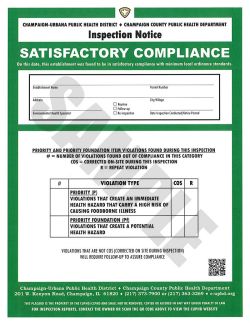
Green Placard
A green placard means the food establishment was found to be in satisfactory compliance with the ordinance and applicable rules and regulations.
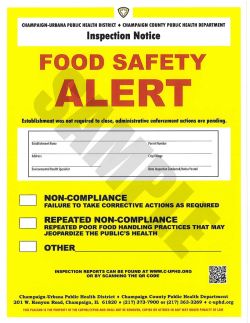
Yellow Placard
A yellow placard means less than satisfactory compliance. An opportunity is given to improve compliance (time for owner/manager to make corrective actions), with a follow-up inspection required to verify improvement to a satisfactory level.
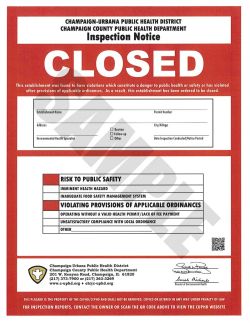
Red Placard
A red placard means the establishment is out of compliance with the ordinance and applicable rules and regulations to the extent that it poses an immediate threat to public health, or a failure to act, resulting in health permit suspension (e.g., did not pay health permit fee).
Inspection Notice placards shall be posted in a location which is clearly visible to the public and to patrons or potential patrons, easily readable and available prior to ordering or selecting food.
Examples of proper posting:
Whenever possible, restaurants and other food establishments must have their placards posted on the outside door or window within five (5) feet of the main entrance, facing outward, right-side up, and about at a height of 60 inches above the finished floor or ground.

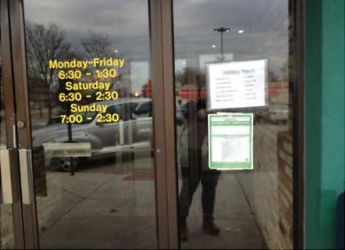
Food Court or Mall
In a food court or mall, the placard must be posted at the service counter. Grocery stores must display their placard on the main entrance door. The deli or hot food service area at a grocery store must display separately issued placards at that area’s point of sale/order.
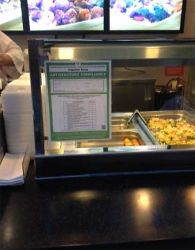

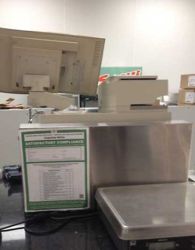
Food Trucks
Food trucks must display their placard on the window or within five (5) feet of the service window. The placard may also be displayed in a frame that sits on the counter next to the service window if it can be easily read by customers.
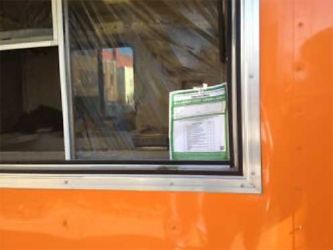
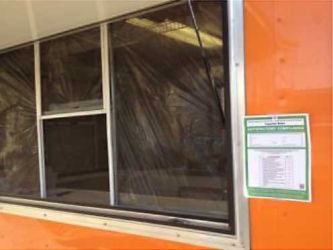
HOURS AND CONTACT INFORMATION
Monday - Friday 8:00 a.m. - 4:00 p.m.
Phone: 217-373-7900 or 217-363-3269
Email:
201 W. Kenyon Rd., Champaign, IL 61820
